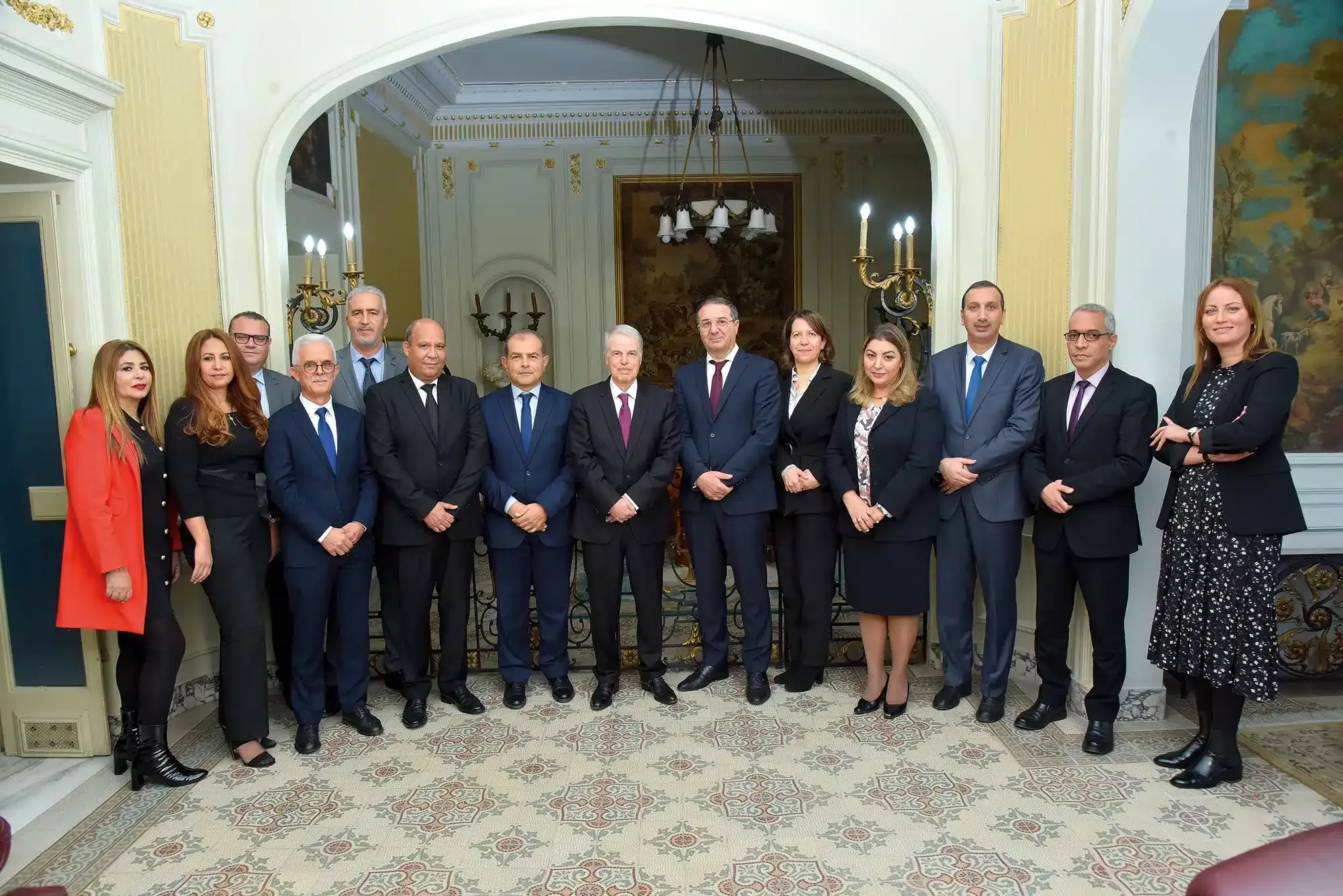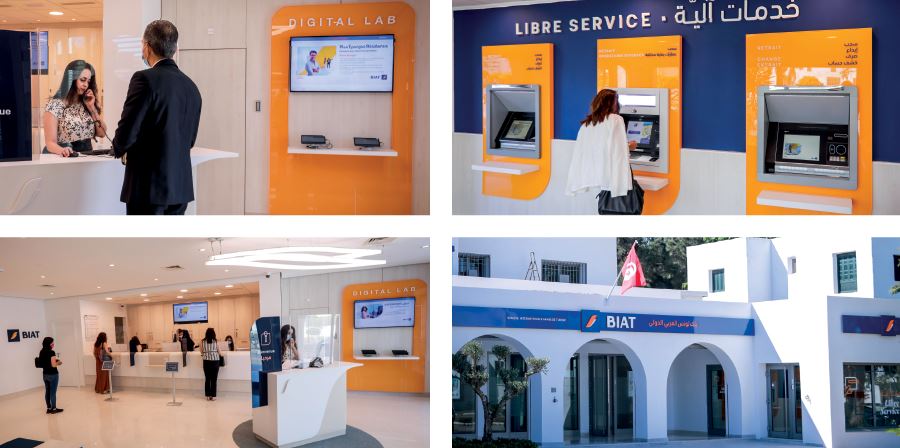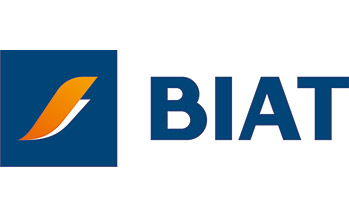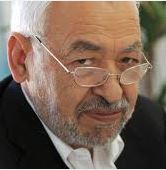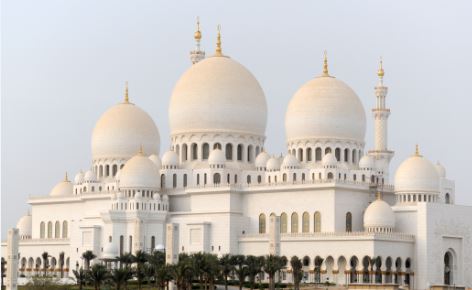[vc_row][vc_column width=”1/2″][vc_column_text]
Tunisia
We offer a data-driven country report for Tunisia that explores inter alia population, international trading relationships, energy consumption, GDP growth, current account balances, and R&D investment. Additionally, CFI quotes from the Big Mac Index (courtesy of The Economist) which gives a rough idea of purchasing power parity. Other authoritative sources include The United Nations Conference on Trade and Development, The World Bank, and The International Money Fund. Visit us regularly for updates and new sources of key economic information on Tunisia.[/vc_column_text][vc_column_text] Its population in 2018 was 11,659,174 [1]
Its population in 2018 was 11,659,174 [1]
 In 2015, 12.56% of its total energy
In 2015, 12.56% of its total energy
consumption was renewable [2]
 In 2021, its GDP grew by 3.34% [2]
In 2021, its GDP grew by 3.34% [2]
 In 2021 it had a negative Current
In 2021 it had a negative Current
Account Balance of US$bn 2.87 [3]
 Its unemployment rate in 2021 was 0.00% [3]
Its unemployment rate in 2021 was 0.00% [3]
 Its Expenditure on R&D (as a percentage of
Its Expenditure on R&D (as a percentage of
GDP) in 2019 was 0.75% [2]
What free trade areas or economic unions is it a member of?
Member of the Euro-Mediterranean partnership (EuroMed) since 28/11/1995
Other members:
Algeria, Egypt, Israel, Jordan, Lebanon, Libya, Morocco, State of Palestine, Syrian Arab Republic, Türkiye
What trade deals are there between Euro-Mediterranean partnership and other countries and economic unions?
None
[/vc_column_text][vc_column_text]What trade deals are there with other countries and economic unions?
Protocol on Trade Negotiations (from 11/02/1973)
Pan-Arab Free Trade Area (from 01/01/1998)
EU - Tunisia Association Agreement (from 01/03/1998)
EFTA - Tunisia Free Trade Agreement (from 01/07/2005)
Türkiye - Tunisia free trade agreement (from 01/07/2005)
Agadir Agreement (from 27/03/2007)
UK - Tunisia association agreement (from 01/01/2021)
[/vc_column_text][/vc_column][vc_column width=”1/2″][vc_column_text]A Tunisian Transformation: BIAT is Driven by Civic Duty, Concern for the Planet, and Prudent Risk-Avoidance
This Star of the North African Banking Firmament Remains Relevant, and Ready to Adapt
Supporting Clients & Thriving in Challenging Era: BIAT’s on the Ball
BIAT: Taking Decisive Steps to Counter Uncertainty Has Lent Strength to Tunisian Society and Economy
World Bank MENA Chief Economist: Towards a New Social Contract in the Middle East and North Africa
WIF: Start-Up Democracy Tunisia Steals the Show
Making Every Drop Count: Reducing Water Loss in the Middle East and North Africa Region
World Bank Group President Brings Hopeful Message to Middle East
Al-Ghannouchi, Our Hero in Tunisia
Arab Countries In Transition: Where are they Heading?
Trade with the United Kingdom
Source: UK Office for National Statistics, October 2022.
Contains public sector information licensed under the Open Government Licence v3.0.


















































































